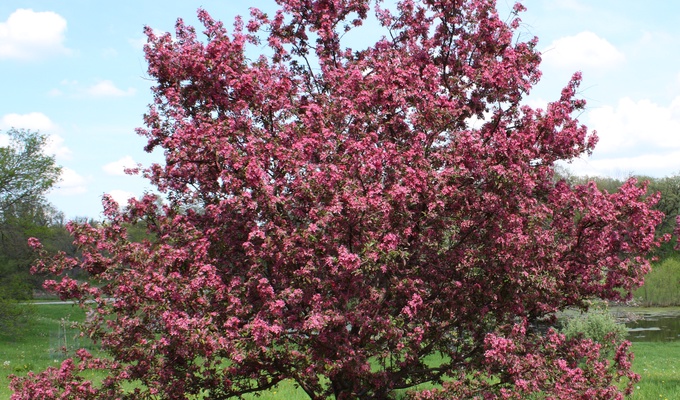Crabapples (Malus spp.) are small, tart fruits produced by various species of wild apple trees, typically distinguished by their fruit size, which is less than 2 inches in diameter. Cultivated primarily for ornamental purposes, crabapple trees are hardy and adaptable, thriving in temperate climates with full sun and well-drained soil.
The fruit is generally sour and tannic, often used in cooking rather than eaten fresh. Crabapples are commonly used in recipes such as jams, jellies, and cider due to their high pectin content. In some regions, they are used in traditional dishes or preserved through fermentation.
Crabapples were historically used for cider, particularly in regions where wild or ornamental apple varieties were common. Due to their high acidity and tannin content, crabapples can contribute complexity and astringency to cider blends. While they are often mixed with sweeter apple varieties to balance the overall flavor, pure crabapple cider, though uncommon, is sometimes produced for its distinctively sharp taste. Crabapples are also valued for their high pectin content, which aids in clarifying cider during the fermentation process.
